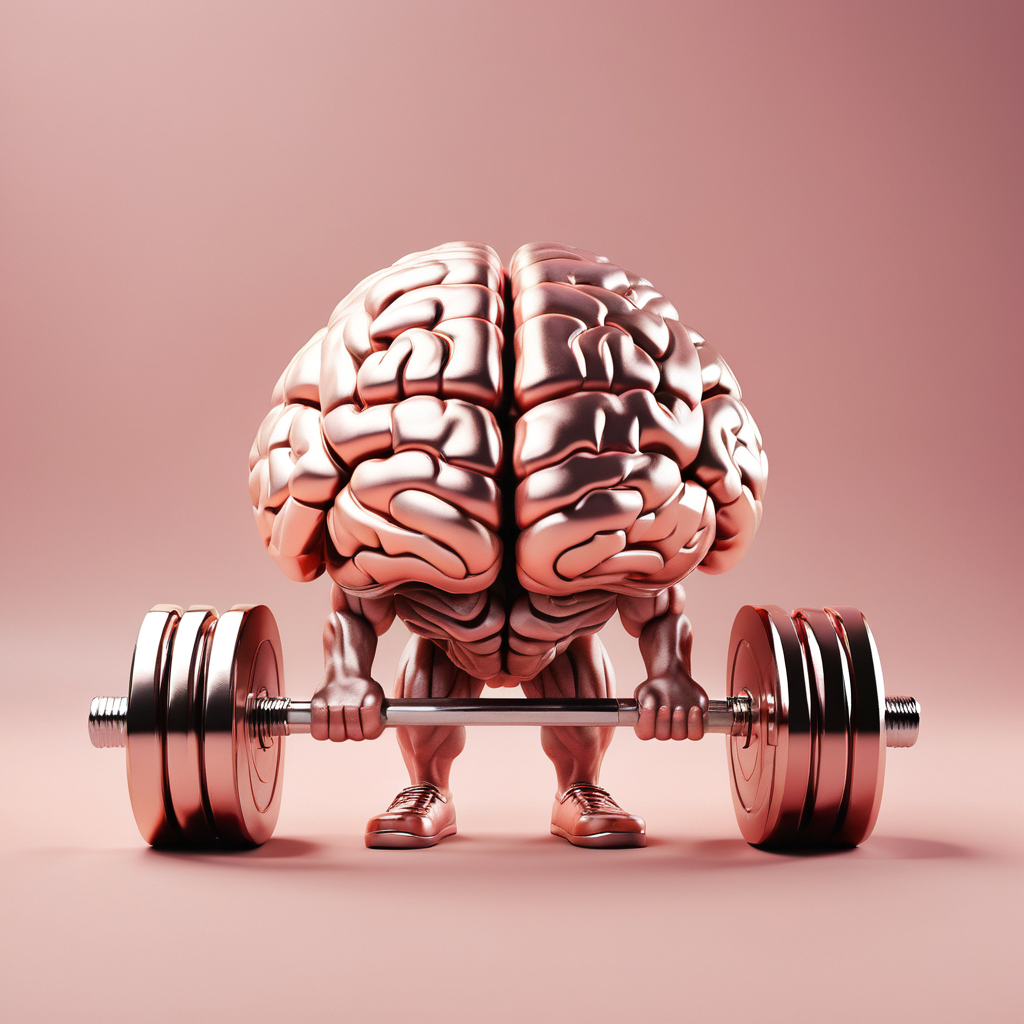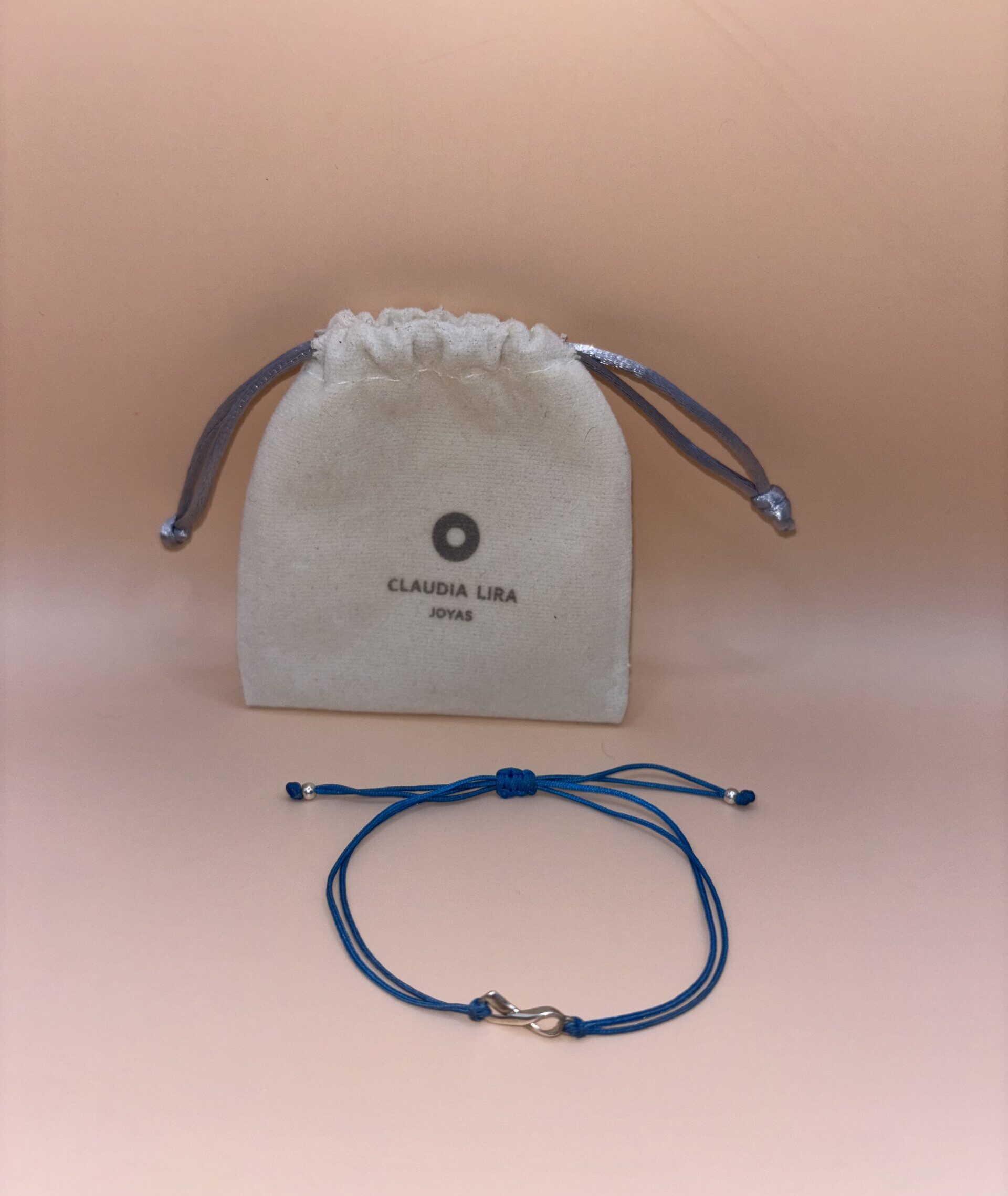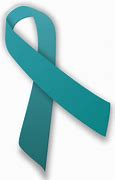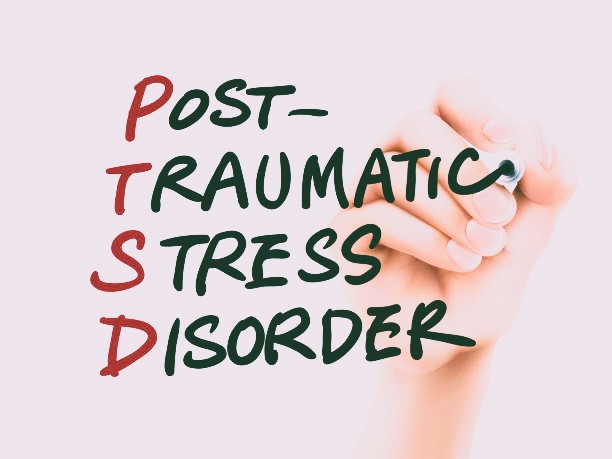I have a lot of respect for people who served in and are currently serving in the military.
Several relatives, co-workers, and friends of mine have given their time and chance of sacrificing their lives to protect our freedom and rights as Americans today for what these heroes did and continue to do.
About 12 years ago, I was educated about the fact that PTSD is a condition anyone – military or civilian – can suffer from.
After months of trauma that was inflicted by a family member years ago, I was soon after diagnosed with PTSD myself.

“I wasn’t in the war. How can I have PTSD?” I remember saying it in response.
It was further explained to me that day that PTSD doesn’t have to be related to military service.
It can be caused by “assault, an accident, an incident that results in an injury, a natural disaster, or ongoing traumatic events like abuse” according to the National Institute of Mental Health.
It could also be caused by another “stressful, frightening, or disturbing event” as sourced from NHS in the UK.
In this article, I’ll dive into what PTSD actually is, who is more likely to suffer the symptoms, what the common symptoms are, and discuss some tools that can help getting back to a type of “normal” a little easier.
PTSD Defined
According to the Mayo Clinic, Post Traumatic Stress Disorder is defined as: “…a mental health condition that’s triggered by a terrifying event — either experiencing it or witnessing it. Symptoms may include flashbacks, nightmares and severe anxiety, as well as uncontrollable thoughts about the event.“
It’s a disorder that can certainly change one’s life.
It takes time, patience, belief, therapy, and lots of support around you to cope with the symptoms of PTSD.
After many years of coping, I remind myself just how much I went through, how I am a survivor that made it through, and that there is life ahead of me without that trauma happening again.
Who’s More Likely to Suffer Symptoms of PTSD?
In an article from Anxiety.org titled. “Who’s Most Likely to Get PTSD, it is explained that brain plasticity may be responsible for how much a person suffers symptoms from PTSD.
Different people experience suffering at different levels and some people might not suffer the same symptoms, or none at all, as others might.

Brain plasticity is described by simplypsychology.org as generally being “our brain’s ability to be able to restructure experiences within its biological, chemical, and physical makeup.”
It’s like a workout for our brain, put simply.
The creation of new pathways is started when this happens, and we can “train” our brain to think differently, whereby our life can be experienced differently if that desire is what one wants.
Symptoms of PTSD
Symptoms of PTSD can include the following:
- Flashbacks or reliving the trauma
- Nightmares and/or night terrors
- Severe anxiety
- Uncontrollable thoughts about the event
- Anxious or depressed mood
- Feeling of guilt despite having done anything wrong
- Severe emotional episodes over what happened
- Being easily startled or frightened
- Always being on guard for danger
- Trouble concentrating
- And several more (see website above for more symptoms of PTSD).

I wear a teal thread bracelet, which represents awareness of Post Traumatic Stress Disorder.
Every time I look at this bracelet, it reminds me of just how strong I am.
It has meaning.
It has purpose.
It keeps me moving forward.
I had a lot of these symptoms when I experienced PTSD. And some of them still hang around to this day.
My symptoms ranged from night terrors and nightmares, which nearly took control of my life for a good while.
I also had paranoia, thinking I was being followed by the individual who assaulted me. I later discovered that was actually happening. This person also had a tracking device secretly put on my vehicle to follow my every move.
I experienced anxiety and flashbacks of the event that were severe at first but settled down after a couple of years. I endured social anxiety disorder as well, which kept me out of the workforce, unable to be in public, and unfamiliar with society at all for a while.
Today, when I am around anyone who is yelling about something, whether in person or on the television or in a movie, I get anxious and my fight or flight kicks in. Even if it’s not meant in an aggressive way, I still feel threatened because of my experience even today so many years later.
Sudden loud noises still startle me to this day. And avoiding situations that remind me of the event never went away completely.
It’s how my brain handles situations that bring me back to that experience. It’s just something I’ve learned to live with, but it gets better every year that passes.

Tools for Coping with PTSD Symptoms
There are, thankfully, several tools for coping with PTSD symptoms.
The below list of coping suggestions comes from a post on VeryWellMind.com by Matthew Tull, PhD.
In my experience, I used therapy, support groups, time, and self-care to manage my way to a lesser level of fear and anxiety. It’s still there, but I can manage it much better now with the help I sought out and still seek out today.
Some support tools include:
- Making an appointment with your healthcare provider
- Reaching out to anyone you know can help
- Seeking counseling or psychiatric assistance
- Educating yourself about PTSD and related symptoms
- Consulting with your doctor
- Journaling
- Practicing mindfulness
- Meditation
- Going for a walk and exercising

Making the Pledge
The month of June is PTSD Awareness Month, depicted by a teal ribbon as shown above, helps to bring awareness to those who may not know about it.
Making the pledge to raise PTSD awareness is a monumental move on everyone’s part. Whether you’ve been affected or not.
I’ve made the pledge, my friends and family have made the pledge, and now you can make the pledge at ptsd.va.gov. Just check on the ‘Make the Pledge’ tab on the dark blue menu bar.
Check it out, help raise awareness on this issue and be a part of the positive change you help to move forward with your involvement.
*NOTE: I did not receive compensation for any products or brands mentioned in this post.
MY MINDFUL REQUEST:
Share your stories of survival and pushing forward despite them happening. Finding a support system of friends and others who have been through a lot of these experiences can be healthy and help us to not feel so alone.
